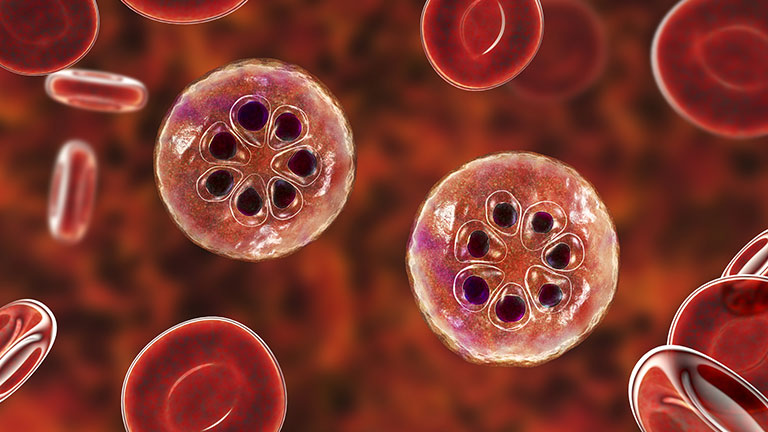Venom-Inspired Medicine: Ancient Chemicals Offer Novel Solutions
IEEE Pulse
//www.embs.org/pulse/wp-content/uploads/sites/13/2024/03/ieee-pulse-logo-dsktp2x.png
There are an estimated 150,000 animal species that have evolved venom. Some are familiar, such as snakes, bees, scorpions, and spiders. But there are also venomous lizards, sea anemones, cone snails, and even a few mammals, like the duck-billed platypus with its venom-bearing ankle spurs.
read more










